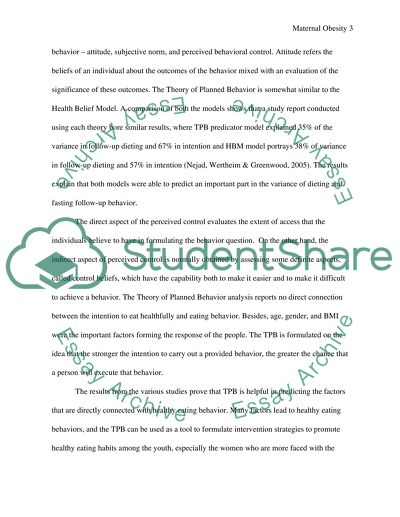Cite this document
(Maternal Obesity Problem Research Paper Example | Topics and Well Written Essays - 2000 words, n.d.)
Maternal Obesity Problem Research Paper Example | Topics and Well Written Essays - 2000 words. Retrieved from https://studentshare.org/health-sciences-medicine/1429899-maternal-obesity
Maternal Obesity Problem Research Paper Example | Topics and Well Written Essays - 2000 words. Retrieved from https://studentshare.org/health-sciences-medicine/1429899-maternal-obesity
(Maternal Obesity Problem Research Paper Example | Topics and Well Written Essays - 2000 Words)
Maternal Obesity Problem Research Paper Example | Topics and Well Written Essays - 2000 Words. https://studentshare.org/health-sciences-medicine/1429899-maternal-obesity.
Maternal Obesity Problem Research Paper Example | Topics and Well Written Essays - 2000 Words. https://studentshare.org/health-sciences-medicine/1429899-maternal-obesity.
“Maternal Obesity Problem Research Paper Example | Topics and Well Written Essays - 2000 Words”, n.d. https://studentshare.org/health-sciences-medicine/1429899-maternal-obesity.


